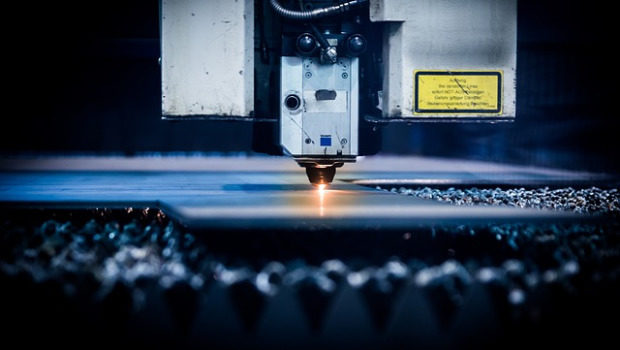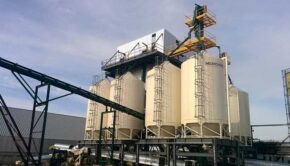The metal cutting techniques you need to know about
Currently, the market offers several types of metal cutting, such as laser cutting, plasma, oxyfuel, water jet, cutting machines with blades or discs, abrasion cuts, wire cutting machines, among others. Each of them has its highlights and, therefore, knowing them well is essential to know the market and ensure the choice of the most appropriate option.
To define the types of cuts of metal parts that match each need, it is necessary to take into account some important details, such as the type of steel, the thickness and volume of the material, in addition to the final application of the part. It is also important to use the best quality materials and cutting tools, something that Cuttingtools can surely help you with.
With all this in mind, here is a list of the four most common metal cutting techniques.
Laser
Laser cutting is one of the most used types of metal part cutting. Its process concentrates highly focused beams of light, forming a kind of blade to make specific cuts in the steel. Depending on the power of the laser, it can be used in thin materials like paper, up to a steel more than 50mm thick. However, in metal, the cost-benefit ratio is ideal for parts with a thickness between 0.5mm and 10mm
Plasma
Plasma cutting, in turn, uses high temperature gas to cut any material that conducts electricity. It is suitable for ferrous or non-ferrous materials, even with oxidized, painted, sanded or scraped surfaces.
In general, it cuts thicknesses with gauges of up to two inches. However, recent technological upgrades make it possible to plasma drilling into 75mm thick metals and cutting 160mm metals, being more advantageous in profiles and steel sheets with thicknesses between 10 mm and 25 mm.
Oxy-fuel
This is one of the types of cutting of metal parts that consists of the mixture of fuel gas and oxygen. Generally, the part to be cut is heated to a certain temperature and a jet of pure oxygen is thrown in the cutting area, which causes the formation of a liquid that oxides of the metal. This reaction, however, is highly exothermic, generating enough heat to break the steel into two parts.
It is worth mentioning that, in metal, this method has an advantage over the others, if the final steel does not require a refined finish and the pieces are more than 50 mm thick.
Water jet
Among the types of cuts of metal parts, the water jet machine has a unique characteristic, as it cuts and drills almost all materials, whether metallic or not, including minerals and wood. The only exception is tempered glass which, in contact with the water jet, can break.
It works like this: the equipment generates pressure in the water, converting it into supersonic speed, which can exceed four times the speed of sound, in addition to water. In order to favor cutting, abrasive material (silicon carbide, corundum or silica) is usually added. This combination can drill steel up to 300mm thick, in addition to providing more versatile cuts than other processes.
Conclusion
These are some the available types of metal cutting and their indications for use. As you may have noticed, the technology of the equipment used is also an important factor in the final result of the cut. In addition, the quality of the company that carries it out is also relevant.















